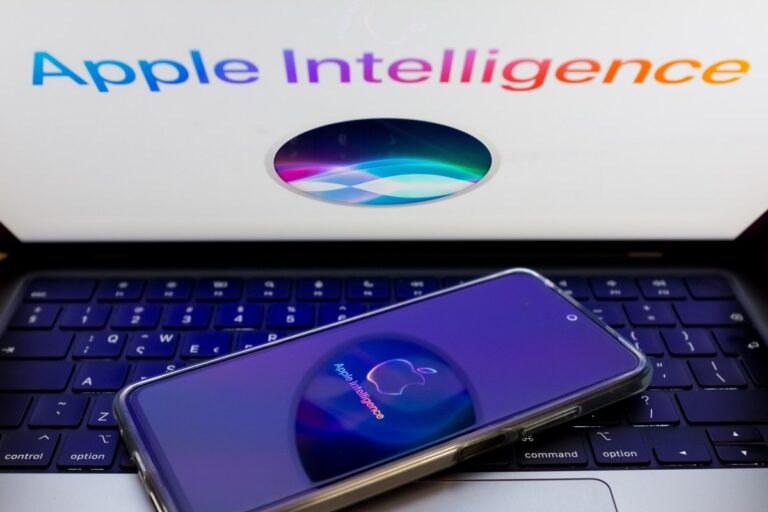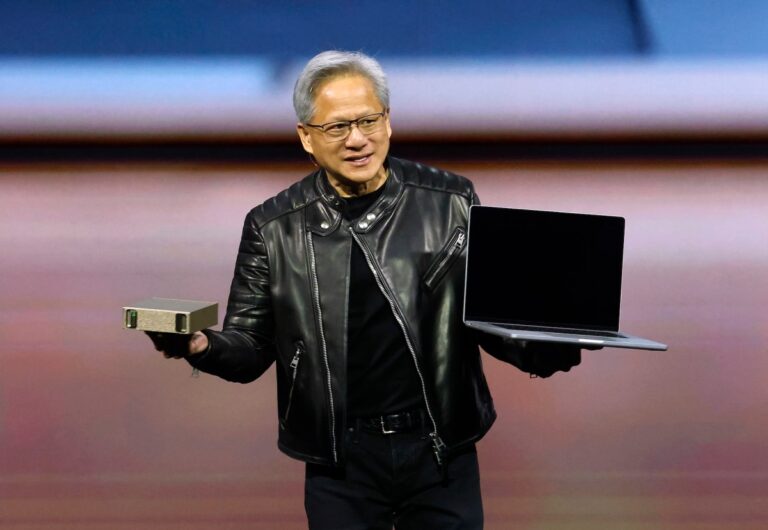Transforming Urban Mobility: How AI and IoT Power Smart Cities’ Traffic Management Revolution
The future of urban mobility is being transformed by the rise of smart cities, where technologies such as artificial intelligence (AI) and the Internet of Things (IoT) play pivotal roles in enhancing traffic management. Cities worldwide are harnessing these advanced solutions to improve traffic safety, alleviate congestion, and build more efficient transportation networks.
Driving Innovation in Urban Mobility
Through strategic partnerships among municipalities, academic institutions, and private industry, governments are fostering innovation in traffic management. They are securing funding for cutting-edge solutions that significantly enhance urban mobility.
The Role of AI and IoT in Traffic Control
Smart cities integrate AI and IoT technologies to monitor and manage traffic patterns in real time. These technologies provide various benefits, such as:
- Traffic Prediction and Optimization: AI algorithms analyze historical and live traffic data, predicting congestion and optimizing traffic light timings.
- Smart Sensors and Video Analytics: IoT devices like radar and high-resolution cameras collect real-time data on vehicle and pedestrian movements, helping optimize traffic flow.
- Connected Vehicle Technologies: Vehicle-to-infrastructure (V2I) communication enhances safety and efficiency by enabling vehicles to interact seamlessly with traffic signals and road sensors.
Connected Vehicles on the Rise
As connected vehicles become increasingly prevalent, the impact of this technology is significant. According to Forbes, over 91% of cars sold in the U.S. in 2020 featured connectivity capabilities. By 2027, an estimated 175 million drivers will be navigating these intelligent vehicles.
Pioneering Cities in Smart Traffic Management
Numerous cities across the U.S. are leading the way in adopting technologies that revolutionize traffic management. These initiatives aim to enhance safety and create more efficient transportation systems.
Colorado Springs’s Innovative Traffic Management
In 2023, Colorado Springs received a grant of $1.7 million from the U.S. Department of Transportation’s SMART Grants Program. This funding will assist the city in developing and testing next-generation traffic management tools across approximately 50 intersections. Key applications include:
- Optimizing signal timing based on vehicle types and road conditions.
- Identifying and reporting incidents within intersections.
- Facilitating emergency vehicle movement by clearing traffic queues.
- Enhancing public transportation efficiency.
- Improving pedestrian safety through extended crossing times and bicycle detection.
Colorado Springs was among 59 cities awarded this grant, demonstrating a commitment to advancing traffic management. However, even as traffic systems improve, vigilance on the roads remains essential. In the event of an accident, consulting an auto accident attorney in Colorado Springs can be crucial for navigating insurance claims and pursuing legal compensation.
Utah’s Adoption of LiDAR Technology
The Utah Department of Transportation (UDOT) is at the forefront of implementing smart traffic technology, becoming one of the first states to utilize LiDAR for intersection safety. This technology provides a comprehensive 3D view of intersections, enhancing understanding and tracking of vehicle and pedestrian movements.
Prioritizing Intersection Safety
Intersections are critical focus points for traffic safety, accounting for roughly one-quarter of traffic fatalities in the U.S., according to the Federal Highway Administration (FHWA). Factors such as red-light running and unexpected vehicle movements contribute to these incidents, making the deployment of advanced technologies vital for reducing risks and enhancing safety.
The Future of Smart Traffic Management
As AI and IoT technologies continue to evolve, the possibilities for smart traffic management will expand. Future innovations may include autonomous traffic control systems and AI-driven public transportation optimization. Cities like Colorado Springs and states like Utah are leading the way in demonstrating how technology can improve urban mobility and safety.
Frequently Asked Questions (FAQs)
What happens if a smart traffic system malfunctions?
Most smart traffic systems are equipped with fail-safe mechanisms, reverting to pre-programmed cycles if a failure occurs. Maintenance teams receive alerts for quick resolutions.
How do connected vehicle systems communicate with traffic signals?
Connected vehicles utilize Dedicated Short-Range Communication (DSRC) or 5G technology to exchange real-time data with traffic signals, informing drivers of signal changes, congestion, and hazards.
How do smart traffic systems ensure privacy and data security?
Smart traffic systems typically anonymize collected data and implement cybersecurity measures, including encryption and secure cloud storage, to ensure compliance with data protection regulations.
In conclusion, smart cities are revolutionizing traffic management through AI and IoT technologies, providing promising solutions to congestion and safety challenges. While advancements improve road safety, accidents can still occur, making legal assistance an important safeguard. As cities embrace the future of transportation, the integration of smart technologies will continue to shape how people navigate urban spaces.







